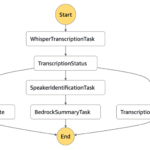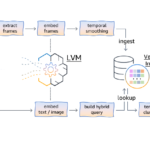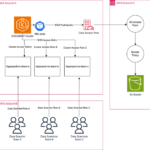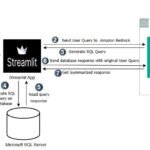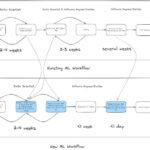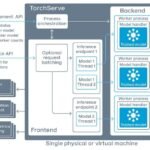
pcess609
The Consumer Price Index comes out on Thursday at 8:30 AM, providing fresh data on whether the Federal Reserve’s tight policy is succeeding in pushing inflation down toward its 2% goal.
On average, economists expect the headline CPI number to rise 0.1% in June, vs. 0.0% in May. That would bring the annual rate to 3.1%, easing from 3.3% in the previous month.
Core CPI, which excludes food and energy prices, is projected to rise 0.2%, the same pace as in May. On a year-over-year basis, that would bring inflation to 3.5%, up from 3.4% in May.
If a trend of disinflation continues after stalling earlier this year, the Federal Reserve may be closer to cutting its key interest rate for the first time since 2020.
“Another moderate CPI increase will help give Fed officials further confidence that inflation is easing after Q1 strength, but the details of June CPI could be especially encouraging,” Citigroup economist Veronica Clark said. That implies that it will give the Federal Open Market Committee the ability to start easing policy after its key interest rate has stayed at 5.25%-5.50% for nearly a year.
Citi expects that June core CPI will increase 0.17% month-over-month, softer than its previous projection of 0.19%.
Clark expects shelter costs to moderate in the June. “Details should reveal a faster easing in shelter inflation as some idiosyncratic strength in OER [owners’ equivalent rent] in May should not repeat,” she wrote in a note to clients. “… this slowing in June should be a reliable indicator that shelter inflation in upcoming months could be equally moderate.”
Goldman Sachs economists led by Jan Hatzius expect a 0.21% increase in core CPI, translating a year-over-year rate of 3.43%. Specifically, they see used car prices to fall 1.6%, car insurance prices to rise 0.5%, slower than the 1.3% on average so far in 2024, and shelter inflation to slow to 0.36%.
“The labor market has been weakening and Powell is starting to pay attention. He recognizes that policy is restrictive and progress has been made on inflation,” said David Russell, global head of Market Strategy at TradeStation. “This potentially lays the groundwork for a ‘Powell put’ later in the year. But for now, we remain data-dependent, with all eyes on Thursday’s CPI.”
“Monthly readings of 0.1% and 0.2% at both the headline and core levels are needed to get inflation down to a 2% annual rate,” said Greg McBride, chief financial analyst at Bankrate.
Housing costs, which accounted for more than two-thirds of the increase in core CPI over the past year, will make that difficult as the long-awaited easing of shelter inflation has yet to materialize. “2% inflation will remain elusive as long as this continues to be the case,” he added.
The Goldman economists expect core CPI inflation to stay in the 0.2%-0.3% range for the next few months before settling to ~0.2% by the end of 2024. “We see further disinflation in the pipeline in 2024 from rebalancing in the auto, housing rental, and labor markets, though we expect offsets from continued catch-up inflation in healthcare and car insurance and from single-family rent growth continuing to outpace multifamily rent growth,” the economists wrote.
Michael Kramer, Investing Group leader at Mott Capital Management, is watching the owners-equivalent rent metric of shelter inflation in the CPI report. “Based on the timing of previous bottoms, the CPI’s OER tends to bottom about 18 months after the Shiller data bottoms, and based on current trends, the CPI OER could be within a couple of months of a bottom,” he wrote.
In a contrarian view, SA Analyst Damir Tokic expects inflation to rise this summer, though he still expects the Fed to cut in September as many leading indicators are near or at recessionary levels.


